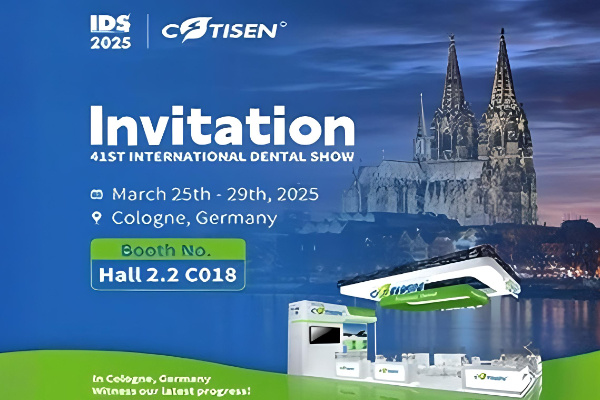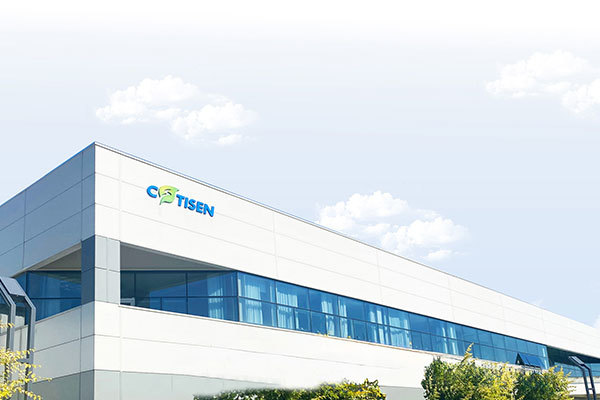The Essential Role of Dental Saliva Ejectors in Modern Dentistry
Dental saliva ejectors are indispensable tools in modern dentistry, serving a key role in maintaining a clean and comfortable environment during various dental procedures. These devices are designed to efficiently remove excess saliva, blood, and other fluids from the oral cavity, allowing dental professionals to focus on their work without interruption. In this article, we will delve into the fun

Dental saliva ejectors are indispensable tools in modern dentistry, serving a key role in maintaining a clean and comfortable environment during various dental procedures. These devices are designed to efficiently remove excess saliva, blood, and other fluids from the oral cavity, allowing dental professionals to focus on their work without interruption. In this article, we will delve into the functionality, types, and advantages of dental saliva ejectors, highlighting their importance in clinical practice.
The primary function of a dental saliva ejector is to remove moisture and debris from the mouth of a patient during treatments such as cleanings, fillings, and extractions. By minimizing saliva accumulation, these devices help maintain a clear field of vision for the dentist, thereby enhancing precision and overall treatment quality. Saliva ejectors are typically made from flexible plastic tubing that connects to a suction source, creating a low-pressure environment that efficiently captures fluids.
There are two main types of dental saliva ejectors: the high-volume evacuator (HVE) and the low-volume saliva ejector (LVE). The HVE is used for procedures that generate a significant amount of fluid, such as when a dentist is performing more invasive treatments. It provides powerful suction to quickly remove large quantities of saliva and blood. On the other hand, the LVE is designed for routine procedures, helping to keep the mouth dry while allowing for a gentler suction effect, which is particularly useful for comfortable patient experiences during less invasive treatments.
One of the significant advantages of using dental saliva ejectors is the increased comfort they provide for patients. By effectively managing moisture levels, these devices reduce the risk of patients feeling overwhelmed or uncomfortable during their appointments. This is especially beneficial for individuals with dental anxiety, as a more controlled environment can help alleviate stress and make the experience more pleasant.
Moreover, the use of dental saliva ejectors contributes to infection control in dental settings. By efficiently removing fluids, they help minimize the likelihood of contamination and ensure that the treatment area remains as sterile as possible. This aspect is crucial in maintaining the health and safety of both patients and dental professionals.
In summary, dental saliva ejectors play a vital role in contemporary dental practices, enhancing patient comfort and ensuring a clean operating environment. By understanding the different types and functions of these devices, dental professionals can optimize their use to improve treatment outcomes. As part of a well-equipped dental office, saliva ejectors are essential tools that contribute to efficient and effective patient care.
The primary function of a dental saliva ejector is to remove moisture and debris from the mouth of a patient during treatments such as cleanings, fillings, and extractions. By minimizing saliva accumulation, these devices help maintain a clear field of vision for the dentist, thereby enhancing precision and overall treatment quality. Saliva ejectors are typically made from flexible plastic tubing that connects to a suction source, creating a low-pressure environment that efficiently captures fluids.
There are two main types of dental saliva ejectors: the high-volume evacuator (HVE) and the low-volume saliva ejector (LVE). The HVE is used for procedures that generate a significant amount of fluid, such as when a dentist is performing more invasive treatments. It provides powerful suction to quickly remove large quantities of saliva and blood. On the other hand, the LVE is designed for routine procedures, helping to keep the mouth dry while allowing for a gentler suction effect, which is particularly useful for comfortable patient experiences during less invasive treatments.
One of the significant advantages of using dental saliva ejectors is the increased comfort they provide for patients. By effectively managing moisture levels, these devices reduce the risk of patients feeling overwhelmed or uncomfortable during their appointments. This is especially beneficial for individuals with dental anxiety, as a more controlled environment can help alleviate stress and make the experience more pleasant.
Moreover, the use of dental saliva ejectors contributes to infection control in dental settings. By efficiently removing fluids, they help minimize the likelihood of contamination and ensure that the treatment area remains as sterile as possible. This aspect is crucial in maintaining the health and safety of both patients and dental professionals.
In summary, dental saliva ejectors play a vital role in contemporary dental practices, enhancing patient comfort and ensuring a clean operating environment. By understanding the different types and functions of these devices, dental professionals can optimize their use to improve treatment outcomes. As part of a well-equipped dental office, saliva ejectors are essential tools that contribute to efficient and effective patient care.
TAG:
Previous
Previous:
Related Posts
The Essential Role of Dental Saliva Ejectors in Modern Dentistry
Dental saliva ejectors are indispensable tools in modern dentistry, serving a key role in maintaining a clean and comfortable environment during various dental procedures. These devices are designed to efficiently remove excess saliva, blood, and other fluids from the oral cavity, allowing dental professionals to focus on their work without interruption. In this article, we will delve into the fun














